11 Unexpected Foods: Junk Advert Ban

Table of Contents
11 Unexpected Foods Hit Hard by the Junk Food Advert Ban: A Deeper Dive
The recent ban on junk food advertising has sent ripples through the industry, impacting not just the obvious culprits like sugary cereals and chocolate bars, but also a surprising number of seemingly healthy options. This article delves into 11 unexpected foods caught in the crosshairs of this sweeping change, exploring the reasons behind their inclusion and the broader implications for consumers and the food industry. We'll explore how this impacts marketing strategies and the future of food advertising.
The Unexpected Casualties: Beyond the Obvious
While the ban primarily targets high-sugar, high-fat, and high-salt products, the criteria aren't always straightforward. The definition of "junk food" is surprisingly broad, ensnaring some foods that might surprise you. Let's examine 11 such examples:
1. Fruit-Flavored Yogurts: Hidden Sugars Strike Again
Many fruit-flavored yogurts, despite their perceived health halo, contain surprisingly high levels of added sugar. This makes them prime targets for the advertising restrictions, impacting brands relying on vibrant marketing campaigns to attract consumers. Marketing strategies will need to shift towards highlighting natural ingredients and reduced sugar content.
2. Breakfast Cereals: Beyond the Sugary Choices
While sugary cereals were expectedly affected, even some "healthier" options containing whole grains but still relatively high in sugar could fall under the ban. This highlights the need for clearer nutritional labeling and a greater emphasis on educating consumers about hidden sugars.
3. Savory Snacks: High Sodium Content Takes Center Stage
Many savory snacks like crisps and pretzels, although not overtly sugary, often contain high levels of sodium. This puts them squarely in the crosshairs of the health regulations driving the advertising ban. Reformulation to reduce sodium content is becoming increasingly crucial for these brands.
4. Fruit Juices: The Sweet Truth Revealed
Many fruit juices, while containing vitamins, are also very high in natural sugars. This high sugar content means they are likely to be restricted from advertising, leading to a re-evaluation of marketing strategies.
5. Processed Meats: Salt and Fat Content Under Scrutiny
Processed meats like sausages and bacon often contain high levels of saturated fat and sodium, making them susceptible to the advertising restrictions. This forces brands to consider alternative marketing approaches focusing on limited-edition products or smaller packaging.
6. Energy Drinks: Sugar and Caffeine Concerns
Energy drinks, notorious for their high sugar and caffeine content, were expectedly impacted. However, the ban also affects some "healthier" alternatives that, while lower in sugar, might still contain levels considered excessive under the new regulations. This underscores the need for transparent labeling and responsible marketing practices.
7. Sweetened Cereals Bars: A Misleading Health Halo
Many cereal bars, despite their seemingly healthy image, often contain high levels of added sugar. The ban's impact on these products highlights the dangers of misleading marketing and the importance of scrutinizing nutritional information.
8. Flavored Milk: Added Sugar's Impact
Many flavored milks contain significant amounts of added sugar, making them vulnerable to the restrictions. This encourages brands to focus on promoting unsweetened varieties and improving their overall health profile.
9. Pizza: High Fat, High Sodium Concerns
Certain types of pizza, particularly those loaded with cheese and processed meats, often exceed the limits for fat and sodium. This impact on the pizza industry necessitates a shift towards healthier alternatives and transparent menu labeling.
10. Ice Cream: An Obvious, Yet Significant Casualty
The impact on ice cream is hardly surprising, but the restrictions underscore the need for the industry to innovate with lower-sugar alternatives and more creative marketing strategies focusing on portion control.
11. Pastries and Baked Goods: Sugar and Fat Content Under Scrutiny
Many pastries and baked goods, including muffins, cookies and cakes are high in sugar and fat, leading to their inclusion in the ban. This pushes the industry towards re-formulation and exploring alternative ingredients.
The Broader Implications: Navigating the New Landscape
This ban's impact extends beyond specific products. It necessitates a complete overhaul of marketing strategies, focusing on transparency, health-conscious reformulation, and a shift towards healthier alternatives. The long-term effects will shape the food industry's future, driving innovation and healthier product development. SEO strategies for food brands must now prioritize keywords relating to healthier alternatives, organic ingredients, and reduced sugar/fat/sodium content. This includes optimizing website content, meta descriptions, and image alt text.
Off-page SEO will involve building relationships with health and nutrition bloggers, securing guest posting opportunities on relevant websites, and actively engaging in online discussions about healthy eating. The future of food advertising rests on adapting to these changes and prioritizing public health.

Thank you for visiting our website wich cover about 11 Unexpected Foods: Junk Advert Ban. We hope the information provided has been useful to you. Feel free to contact us if you have any questions or need further assistance. See you next time and dont miss to bookmark.
Featured Posts
-
River Rock Fireplace
Dec 04, 2024
-
Portable Fireplace Mantels
Dec 04, 2024
-
Antique Fireplace Tools
Dec 04, 2024
-
Patio Teak Chairs
Dec 04, 2024
-
Gold Bathroom Lighting
Dec 04, 2024